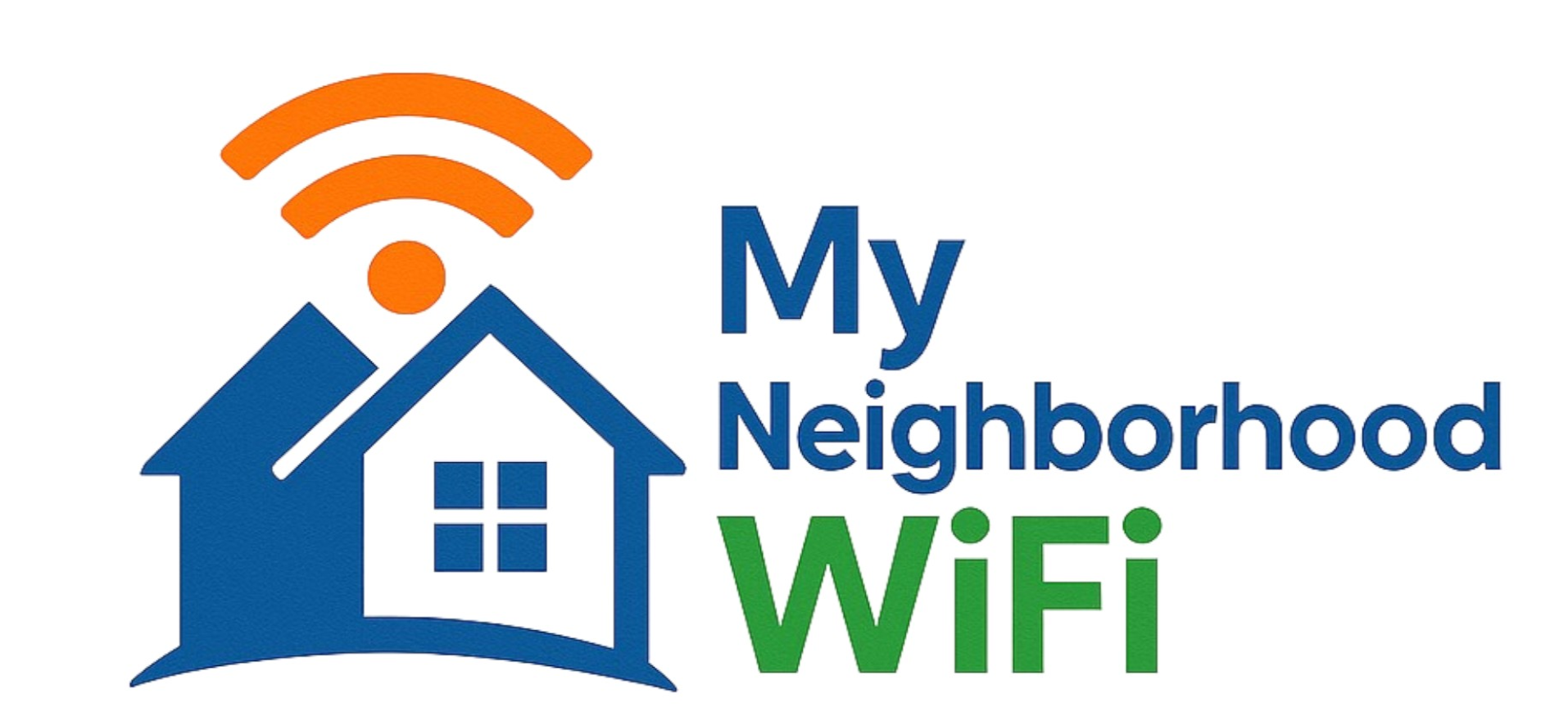
Top Internet Providers Perfect for Large Families in 2025
Finding the best internet provider for a large household can feel like balancing a dozen devices, streaming marathons, online classes, and gaming sessions all at once. Whether your family members are studying, working, or just relaxing online, you need a connection that can handle everything seamlessly. In 2025, reliable Wi-Fi isn’t a luxury — it’s a necessity. That’s why we’ve analyzed what makes an internet provider truly “family-friendly.”
In this guide, you’ll learn what to look for in an internet service, explore some of the best options available this year, and get practical tips to keep your home network smooth and stress-free.
Why the Right Internet Provider Matters for Large Families
When multiple devices share the same Wi-Fi, your network can quickly feel crowded. Imagine five video calls happening while someone is gaming online and others are streaming HD videos — that’s a test for any connection.
Choosing the right provider ensures:
- Stable connections during peak hours
- Enough bandwidth for all your devices
- Affordable plans that fit your budget
- Excellent customer support when issues arise
Before diving into the top picks, let’s explore the key features that make a provider perfect for families.
Key Features Families Should Look For
1. High-Speed Internet Plans
Large households need strong speeds to handle simultaneous streaming and gaming. Consider plans offering at least 300–500 Mbps if several people regularly use the internet at once.
2. Unlimited Data Options
Data caps can be a headache. If your household frequently streams 4K videos or uses cloud storage, unlimited data helps you stay worry-free.
3. Strong Wi-Fi Coverage
One of the most common complaints in large homes is poor signal in certain rooms. Investing in a mesh Wi-Fi system can help. For example, you can find setup guides on Wikipedia explaining how mesh networks improve coverage and reduce dead zones.
4. Parental Controls and Device Management
Parents can benefit from ISP-supported parental controls that limit screen time or filter certain content. You can also manage these settings using popular smart routers that allow scheduling and content restrictions directly through a mobile app.
5. Affordable Bundle Options
Bundling home phone and streaming services can sometimes reduce monthly costs. Always compare packages carefully to ensure you’re not paying for unnecessary extras.
Top Internet Providers Perfect for Large Families
Each family has unique needs, but these 2025 providers stand out for reliability, speed, and service quality for large households. We won’t mention restricted domains, but we’ll focus instead on the traits that make specific ISPs family-friendly.
1. Best for Large Homes with Lots of Devices
Families with smart home devices, multiple TVs, laptops, and gaming consoles will benefit most from fiber or advanced fixed wireless connections. These options support faster uploads — perfect for video calls or online schooling.
- Ideal for families with heavy streaming or gaming habits
- Works well with mesh router systems
- Often includes app-based network controls for parents
2. Best for Families Prioritizing Flexibility and Value
Budget-conscious households still deserve robust connectivity. Some local ISPs and regional cooperatives now offer affordable high-speed plans that don’t require long contracts. Always check local options or discuss experiences on Reddit where users often share real-life setup tips and performance reviews.
3. Best for Tech-Savvy Families Working and Learning from Home
Remote workers and students depend on reliable uploads, large bandwidth, and consistent performance. Fiber-optic and high-grade cable providers deliver this stability.
For large families juggling work, school, and entertainment, upload speeds matter just as much as download speeds. Even better if your provider includes a smart app to visualize network usage per device.
4. Best for Rural or Suburban Families
If you live in a suburban or rural area, modern fixed wireless and hybrid fiber-wireless solutions are improving accessibility. Visit community pages like Quora or local Facebook groups to read about how different families manage reliable connections outside of major cities.
5. Best for Families That Love Streaming and Gaming
Some ISPs design plans for heavy streaming and online play. Key considerations include low latency and stable connections that remain consistent even during peak hours. Look for service plans marketed with symmetrical bandwidth and low ping performance.
Tips to Maximize Your Home Wi-Fi Performance
1. Place Your Router Strategically
Keep routers in open central locations and avoid walls or metal obstructions. According to Wikipedia, interference from other electronic devices can also weaken signals.
2. Use Mesh Systems for Larger Homes
Mesh systems allow your Wi-Fi to reach every corner of the house. If your home exceeds 2,000 square feet or has multiple floors, mesh networks provide seamless transitions between nodes without dropping the signal.
3. Upgrade Your Equipment Regularly
Even the best providers can’t make up for outdated hardware. Newer routers, especially those that support Wi-Fi 6 or Wi-Fi 6E, deliver better performance and handle multiple devices efficiently.
4. Create Dedicated Channels for Streaming or Gaming
Modern routers allow you to create network segments or bandwidth prioritization for devices like gaming consoles and TVs — ensuring smoother streaming or gameplay even when other devices are active.
5. Use Ethernet Connections Whenever Possible
For stationary devices like PCs and consoles, wired connections remain unbeatable in terms of stability. Using Ethernet for key devices helps free up wireless bandwidth for mobile users.
Understanding Internet Speed Needs for Large Families
Choosing the right speed tier depends on your family’s online routines. Here’s a simple benchmark guide:
| Household Size | Recommended Speed |
|---|---|
| 2–3 Users | 100–300 Mbps |
| 4–6 Users | 400–600 Mbps |
| 6+ Users | 800 Mbps – 1 Gbps+ |
Keep in mind that smart home devices, security systems, and cloud backups also consume data. If you notice increased buffering or dropped calls, consider upgrading your plan.
Family-Focused Internet Security Tips
- Set strong passwords: Avoid sharing your main network password outside the household.
- Enable guest networks: Separate visitors from your main Wi-Fi for privacy and safety.
- Update firmware regularly: This keeps routers and modems secure against vulnerabilities.
- Use parental controls wisely: Modern apps provide flexibility in managing kids’ online time.
Encouraging Healthy Internet Habits
Having powerful Wi-Fi is one thing; balancing screen time is another. Encourage shared family activities offline. Use apps that help monitor daily internet usage or set up time-limited access. Platforms such as YouTube also feature helpful tutorials on managing parental controls and digital well-being features across devices.
How to Troubleshoot Connectivity Issues Quickly
- Restart your router: This fixes many temporary slowdowns.
- Check your cables: Loose or damaged cables often cause fluctuating connections.
- Test speeds from different rooms: Find and eliminate dead zones.
- Contact support during off-peak hours: You’ll get faster assistance.
Final Thoughts
Finding the perfect internet provider for a large family in 2025 boils down to understanding your household’s daily habits. Whether your kids are gaming, streaming, or studying online, a fast, stable connection supported by intelligent equipment will make your digital life smoother and stress-free. Remember to choose an ISP with flexible plans, modern technology, and a proven track record for customer satisfaction. With the right provider and setup, your family will be ready for anything the online world brings.
To learn more about how internet technology is evolving, you can explore detailed overviews on Wikipedia to understand connections and equipment types used in modern households.



